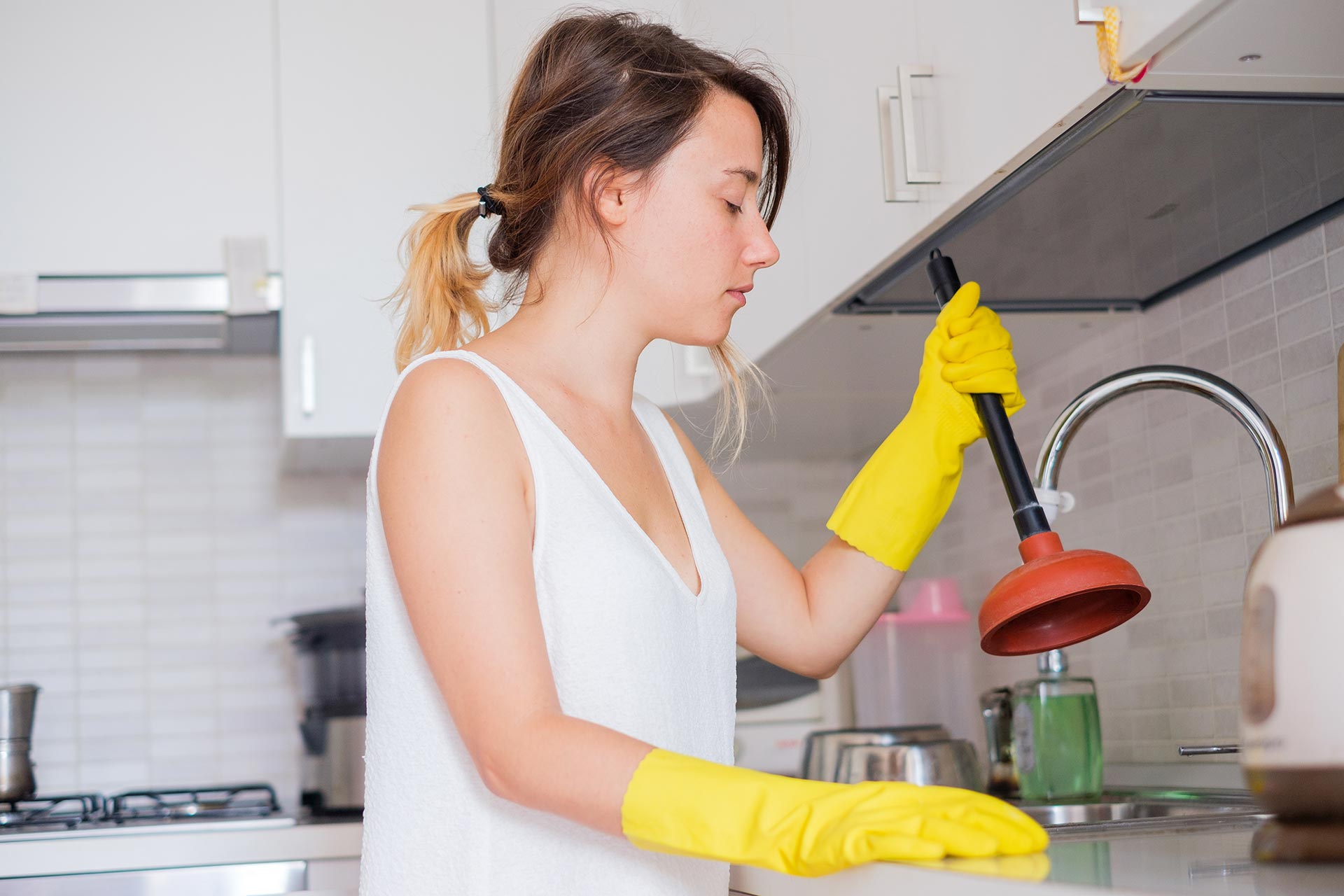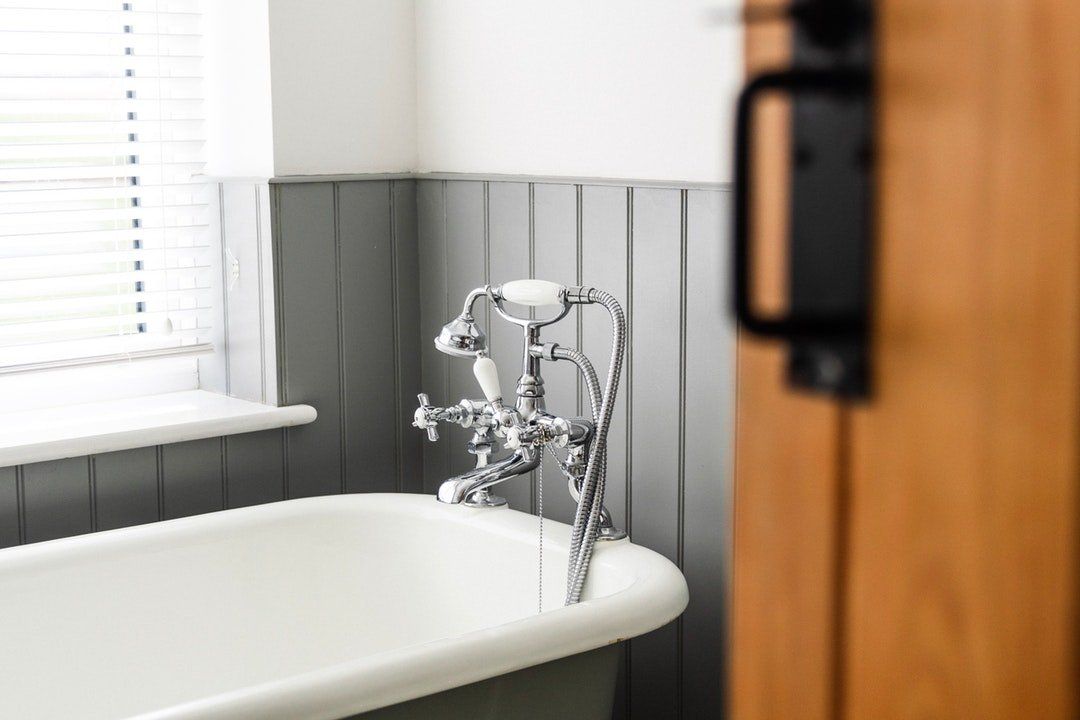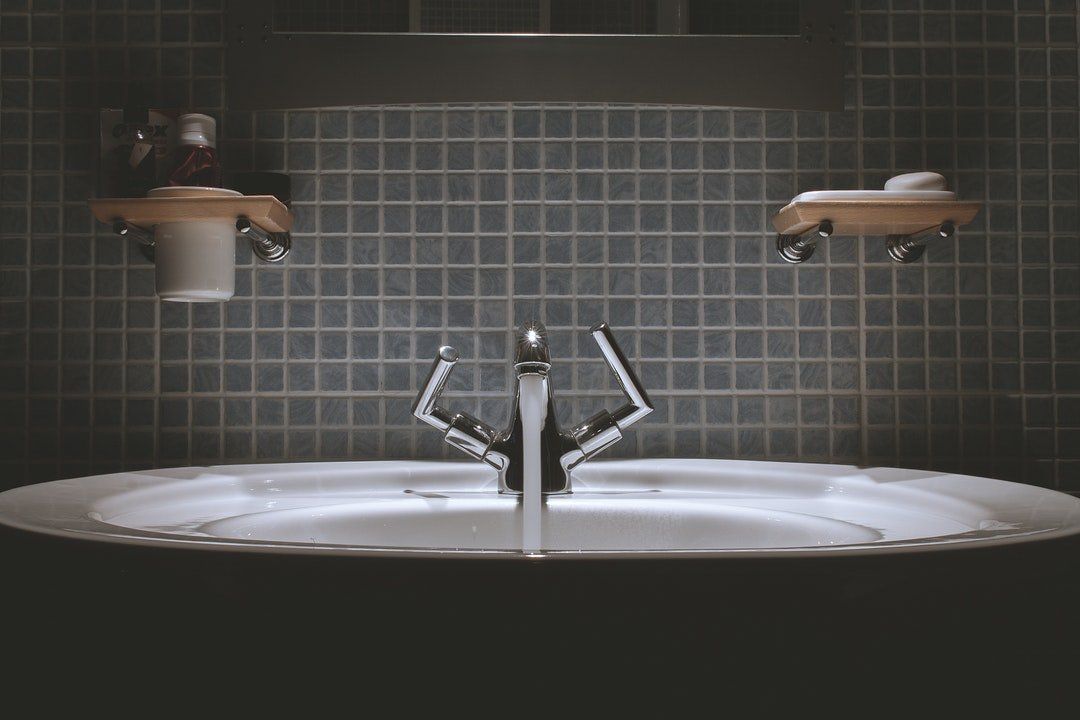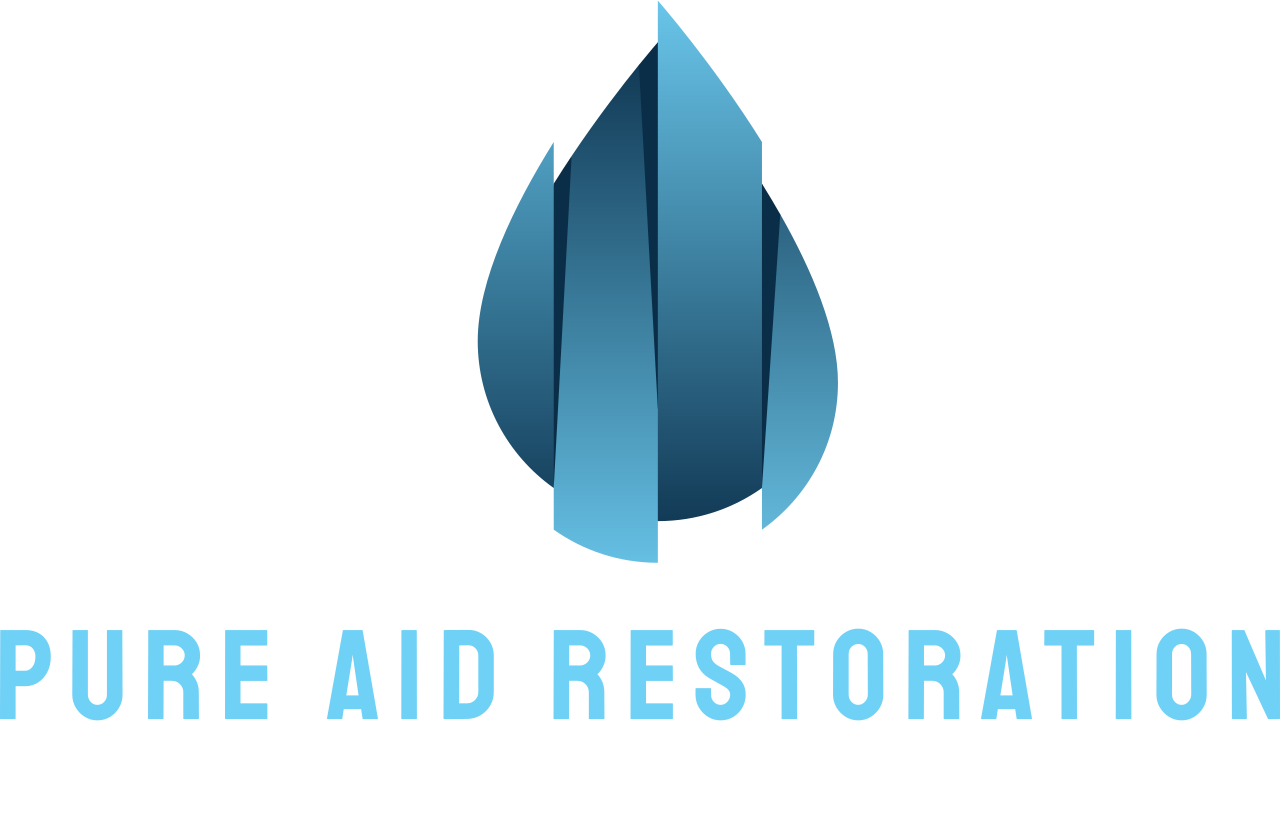Mold Remediation
Mold Remediation
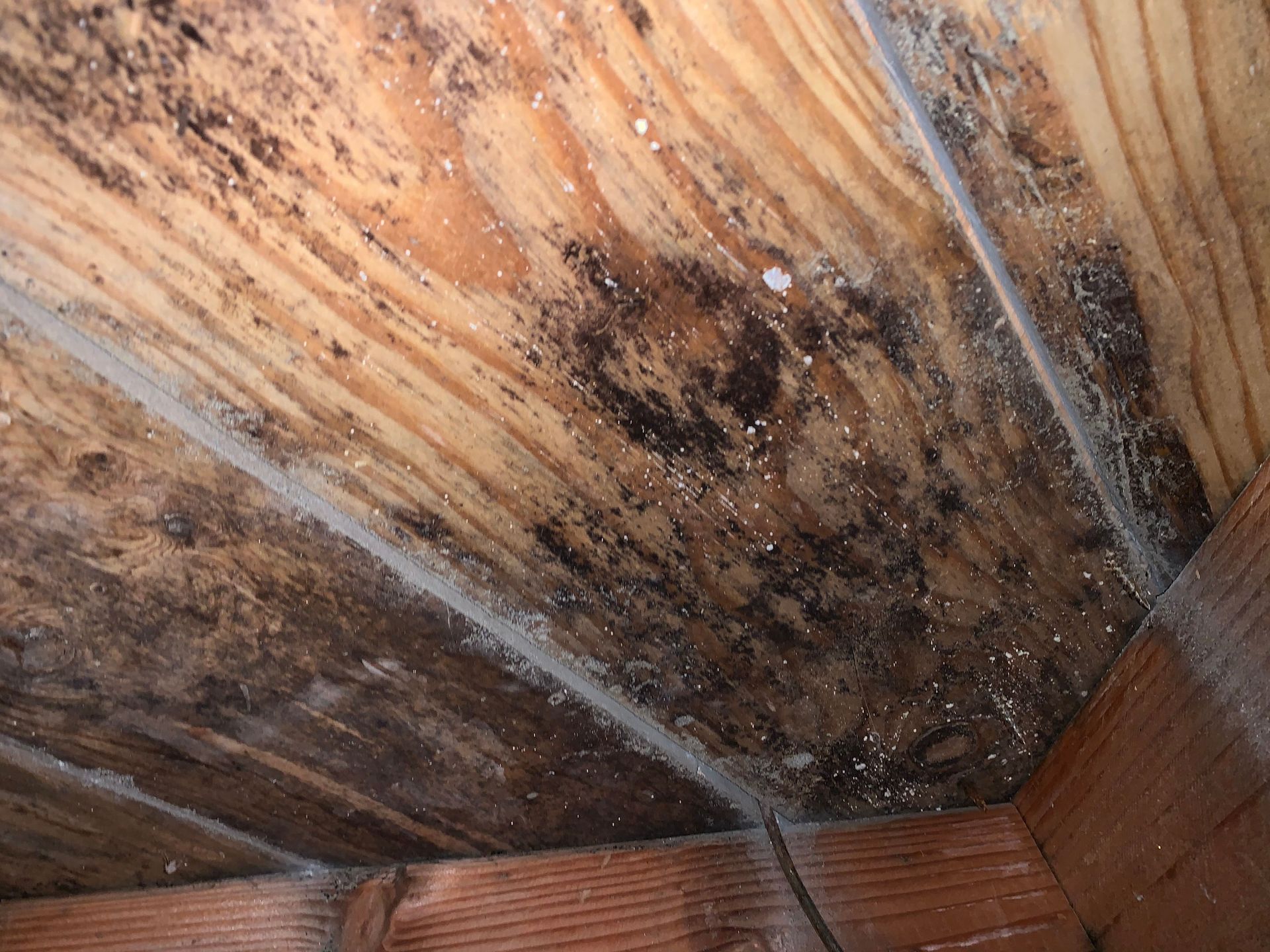
Mold Remediation: A Comprehensive Guide to Protecting Your Home and Health
Mold can be a serious problem for homeowners. Not only does it damage the structure of your property, but it can also pose health risks. Mold remediation is the process of removing mold from a building, restoring a healthy environment, and preventing future growth. In this blog, we’ll dive deep into the importance of mold remediation, signs of mold growth, and effective ways to eliminate mold for good.
What Is Mold Remediation?
Mold remediation refers to the steps taken to remove mold from your home, prevent future mold growth, and repair any damage caused by mold. The process involves identifying the source of moisture, cleaning or removing contaminated materials, and restoring affected areas to prevent mold from returning.
Signs You Need Mold Remediation
Mold growth often goes unnoticed until it has spread throughout your property. Here are some common signs that you need mold remediation:
Musty Odor: A musty, earthy smell is a clear sign that mold is present, even if it's hidden behind walls or beneath flooring.
Visible Mold Spots: Mold appears as black, green, white, or other colored patches on walls, ceilings, or floors.
Health Symptoms: If you or your family members experience symptoms like coughing, sneezing, skin rashes, or asthma, it could be mold-related.
Water Damage: Leaky roofs, burst pipes, or flooding can all lead to mold growth if not addressed promptly.
The Dangers of Mold Exposure
Mold exposure can cause a range of health issues, especially for sensitive individuals. Symptoms can include respiratory problems, allergic reactions, and skin irritation. For those with weakened immune systems or asthma, mold can be even more dangerous. Prolonged exposure to mold spores may lead to chronic respiratory conditions, infections, or neurological issues. This is why professional mold remediation is crucial to maintaining a safe living environment.
How Mold Remediation Works
Mold remediation is a multi-step process that typically involves the following stages:
Inspection and Assessment: A mold specialist inspects your property to locate mold growth and assess the extent of the contamination. They will check for hidden mold behind walls, under carpets, or in HVAC systems.
Containment: To prevent the spread of mold spores, the affected area is sealed off. Negative air pressure systems may be used to keep spores from escaping to other parts of the home.
Mold Removal: Mold is removed from surfaces using specialized equipment, such as air scrubbers, HEPA vacuums, and antimicrobial cleaners. In some cases, heavily contaminated materials like drywall or carpeting may need to be removed and replaced.
Cleaning and Disinfection: All surfaces, including HVAC systems, are thoroughly cleaned and disinfected to kill any remaining spores. HEPA filters are used to clean the air.
Restoration: Once the mold is eradicated, any structural damage is repaired. This may involve replacing drywall, repainting surfaces, or installing new flooring.
Prevention: To avoid future mold problems, the underlying causes of moisture, such as leaks or poor ventilation, are addressed.
DIY vs. Professional Mold Remediation
While it’s possible to handle small mold problems on your own, professional mold remediation is often necessary for larger infestations. Here's why:
Expertise and Equipment: Professionals have the experience and tools needed to handle mold safely and effectively. They can identify hidden mold that you may miss and have the right equipment to remove it.
Safety: Mold can cause health issues, so it’s important to follow proper safety protocols. Professionals are trained to use protective gear and equipment to prevent exposure.
Long-Term Results: DIY methods may provide temporary relief, but a professional mold remediation service ensures a long-lasting solution by addressing the root cause of the problem.
Preventing Future Mold Growth
Once your home has been remediated, it's essential to take steps to prevent mold from returning. Here are a few tips to help:
Fix Leaks Immediately: Leaky pipes, roofs, or windows create a perfect environment for mold to grow. Fix any leaks as soon as they are detected.
Control Humidity: Keep humidity levels below 60% by using dehumidifiers and ensuring proper ventilation in high-moisture areas like bathrooms, kitchens, and basements.
Improve Airflow: Proper ventilation, especially in areas like attics and basements, helps prevent mold growth. Use exhaust fans in bathrooms and kitchens.
Inspect Your Home Regularly: Perform regular mold inspections to catch issues early before they become widespread.
Conclusion: The Importance of Mold Remediation for a Healthy Home
Mold remediation is essential for protecting both your property and your health. Whether you’re dealing with a small patch of mold or a larger infestation, addressing the problem promptly can save you time, money, and potential health risks. If you suspect mold growth in your home, don’t wait—contact a professional mold remediation service today to ensure your home is safe and mold-free.
Keywords: mold remediation, mold removal, professional mold remediation, mold prevention, mold inspection, mold growth, health risks of mold, moisture control, mold cleanup, home mold inspection.
By incorporating these keywords into your blog, you’ll help improve your search engine visibility and provide valuable information for those seeking solutions to mold problems in their homes.
You might also like
Book a Service Today
We will get back to you as soon as possible
Please try again later
Quick & Reliable
We are available 24/7 via email or telephone.
Call
All Rights Reserved | Pure Aid Restoration
